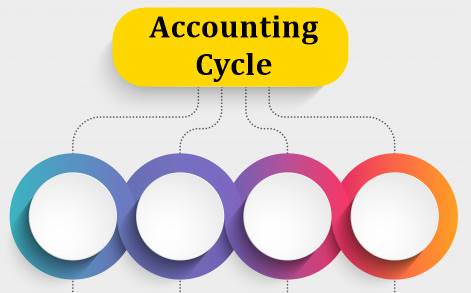
Table of Contents
Accounting Conservatism
What is Accounting Conservatism?
Before an organization can proceed with a legal claim to a profit, Accounting conservatism, which is a set of bookkeeping guidelines, is used to Call for a higher degree of evaluation. The basic concept here is to comprehend all of the worst-case scenarios that the firm may experience financially in the future.

With accounting conservatism, uncertain liabilities are recognized the moment they get discovered.
How does Accounting Conservatism Work?
Essentially, there is a variety of accounting conventions that are followed to make sure that companies register their finances precisely. One such principle is conservatism that needs accountants to be cautious and opt for such solutions that delineate least favourably on the bottom line of a company during uncertain times.
However, this method is not objectified to manipulate the amount or timing of financial figures reporting. On the contrary, accounting conservatism offers guidance when the need for estimation or uncertainty takes place, meaning such situations where an Accountant can be biased.
This method also establishes various rules while deciding between two different alternatives to financial reporting. For instance, in case an accountant has two solutions to select from while experiencing an accounting challenge, he must go with the one that provides inferior numbers.
Advantages
- By helping you understand profits and overstate losses, accounting conservatism reports lower net Income and future financial advantages; thus, making you acquire a variety of advantages.
- The principle motivates the management to execute better care when making decisions.
- The method concentrates more on positive aspects rather than the disappointing ones.
- These rules make it seamless for investors to compare results financially across time periods and industries.
Disadvantages
- The rule can be interpreted quite often; thus, a lot of companies will always have a way to manipulate a situation according to their benefit.
- There is always a revenue shifting potential; suppose that a transaction is not accurate to be reported, it has to be reported in the following time. This results in the current time going understated and the following period to be overstated, making it arduous for a company to keep an eye on internal operations.
Accounting Conservatism Example
Inventory valuation is one aspect where this method can be applied. While comprehending the inventory’s reporting value, conservatism commands the lower replacement or historical cost that turns out to be the monetary value. Evaluations like casualty losses and account Receivables also use the same method.
All efforts have been made to ensure the information provided here is accurate. However, no guarantees are made regarding correctness of data. Please verify with scheme information document before making any investment.












